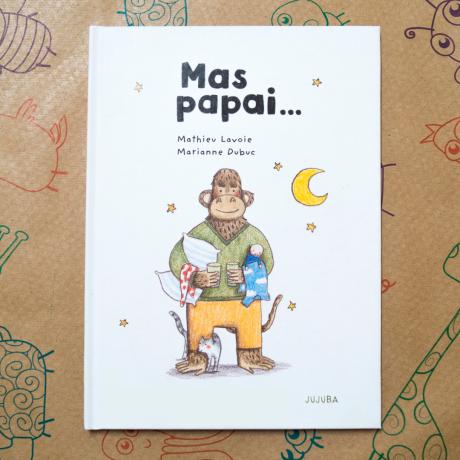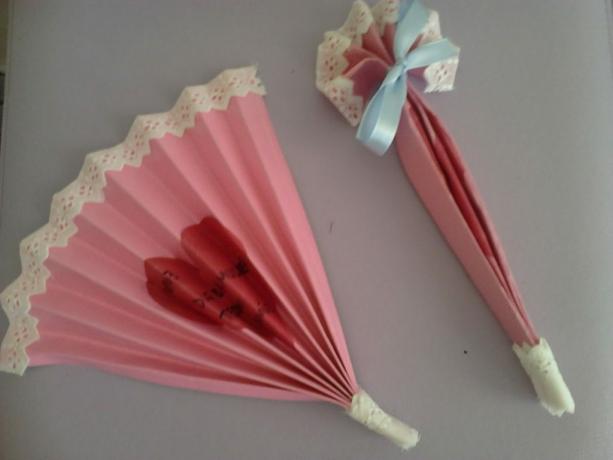The rocks and minerals are component parts of lithosphere. Some believe that both are the same thing, but it is important to know how to distinguish these elements from Earth.
Rock, called stone simply by common sense, describes a cluster of minerals. Thus, minerals are just part that compose and structure them. An example of a rock is granite, which consists of the minerals quartz, mica and feldspar.
On the other hand, minerals are solidified chemical substances or compounds. Their ratings are assigned according to their properties, such as brightness, color, opacity, texture, etc.
There are cases of rocks that are formed by a single mineral, such as quartzite, constituted by a large number of quartz.
Lesson Plan - Rocks and Minerals
THEME: Rocks and minerals
YEARSUGGESTED: Elementary School
TIMESUGGESTED: Approximately five or six lessons of 45 to 50 minutes.
GOALS:
- Explore the various rock types and minerals existing on Earth;
- Understand how the rock formation;
- Learn the differences between sedimentary, igneous and metamorphic rocks;
- Understand that Earth is a planet in constant formation and transformation;
- Explore basics of Geology;
- Develop rational and creative thinking skills;
- Working cooperatively in groups.
NECESSARY MATERIALS:
sedimentary rocks
- Empty bottles and caps, one for each student or group of three to four students;
- Access to a park or playground;
- Access to water near the classroom;
- Paper and pencil for recording observations.
igneous rocks
- Paper clips, two for each group of three to four students;
- 25 cm pieces of string, one for each group of three to four students;
- Pot or kettle for boiling water;
- Access to a stove or hot plate, water and a freezer or refrigerator;
- Salt;
- Sugar;
- Oven gloves, at least one pair for each group of three to four students;
- Magnifiers, at least one for each group of three to four students;
- Paper and pencil for recording observations;
- Optional: stationery and bookmarks.
metamorphic rocks
- Access to research materials;
- Paper and pencil for recording observations;
- Stationery, one sheet for each student;
- Collecting and Sorting Rocks;
- Access to a park or playground;
- Geological guide for your area;
- Rock classification sheet, at least one for each student;
- Weathering rocks;
- Small specimens of different rocks;
- Hot plate;
- Stopwatch;
- Pair of tweezers;
- Small dish;
- Ice water;
- Paper and pencil for recording observations.
To simulate an erosion
- Large-bottom plastic tray, one for demonstration;
- Pebbles, flowers, branches, leaves and other natural materials that students find;
- Paper and pencil for recording observations;
- Water jug.
to make the solo
- Large bowl;
- Various stones;
- Pieces of dead leaves, grass and other organic materials that students find;
- Optional: pillowcase;
- Optional: hammer.
DEVELOPMENT:
1- Preparation
Create a rock classification sheet to use with the activity. Students will use the rock classification sheets to classify their specimens into igneous, sedimentary, or metamorphic.
The description column can include notes on where the rock was found, its shape, color, or texture. The brochure must include the following elements:
CLASSIFICATION OF ROCKS
Name: ______________________________________________________________________
Format: ____________________________________________________________________
Description: ___________________________________________________________________
______________________________________________________________________________
______________________________________________________________________________
What category of rock is this? _____________________________________________________________________________
3- During instruction
sedimentary rocks
Sedimentary rocks cover more than two-thirds of the Earth's surface. They are made up of different layers. These layers can be sand, silt, pebbles or fossil fragments. Over a long period of time, the layers turn to rock.
In this activity, students will model sedimentary layers.
Step 1: Give each student, or group of three to four students, an empty bottle.
Step 2: Ask students to collect stones, pebbles, earth, sand and other materials. They must, individually or in small groups, fill about a third of their jars with the collected materials.
Step 3: Once back in the classroom, ask students to add water to their jars and securely tighten the caps.
Step 4: Instruct students to shake the closed vials.
Step 5: Over the next day, ask students to observe what happens when materials settle in layers. Encourage students to describe the layers. For example: "Heavy materials are at the bottom, and thin materials are at the top."
igneous rocks
Igneous rocks are formed from magma or lava. The mixture of minerals and how quickly they cool determine the different types of igneous rocks formed. Slow cooling produces large crystals. Rapid cooling results in small crystals. This activity allows students to create their own crystals.
- Free Online Inclusive Education Course
- Free Online Toy Library and Learning Course
- Free Online Math Games Course in Early Childhood Education
- Free Online Pedagogical Cultural Workshops Course
Step 1: Ask each group of three or four students to attach a paper clip to each end of a piece of string to weigh it.
Step 2: Boil water in the classroom or school kitchen. For each group, fill half a glass with water.
ATTENTION! This moment is the sole and exclusive responsibility of the teacher. Afterwards, when handling, be careful not to injure yourself and fully observe the students during this activity.
Step 3: Ask students to choose salt or sugar to mix in the cup. They should add salt or sugar until it dissolves in water.
Step 4: Help students drop one end of the string into the salt or sugar solution and hang the other end of the string over the side of the glass.
Step 5: Choose one student from each group to handle the group's glass of water. Give oven gloves to protect your hands from the heat.
Step 6: Divide student groups in half. Ask one group to place their jars in a freezer to cool them down quickly. Ask the other group to place their jars where they can receive rays of sunlight or leave them at room temperature to cool slowly.
Step 7: Leave the jars intact for the crystals to grow on the string.
Step 8: When the jars are cool enough to handle, ask students to examine the crystals with a magnifying glass, then draw and compare them.
Optional: As a class, graph the differences between crystals made from a mixture of salt and sugar and between rapidly cooled and slowly cooled crystals.
metamorphic rocks
Metamorphic rocks are formed when existing rocks are changed by pressure (such as tectonism, tension and compression) or by heat (from magma).
Step 1: Let each student choose a metamorphic rock from the list below. Make sure at least one student chooses each stone.
Slate
Schist
gneiss
cornean
quartzite
Marble
Step 2: Have students research their chosen metamorphic rock using books or Internet resources. They must determine the initial composition of their rocks, as well as the process by which the original composition undergoes.
Step 3: Instruct students to write a “recipe” for their metamorphic rocks, using shale, sandstone or limestone as the main ingredient. The recipe must explain the process of changing the original ingredient.
4- Collection and classification of rocks
Organize a rock collecting expedition in a park. If possible, first find a geological guide for your area.
Step 1: Ask students to find as many different rock specimens as possible.
Step 2: Each student must complete the rock classification sheet for at least one rock sample. The description column can include notes on where the rock was found, its shape, color or texture.
Step 3: Help students use their rock classification sheets (and geological guide, if available) to classify their specimens as igneous, sedimentary, or metamorphic.
5- Weathering rocks
Invite students to observe the effects of heat and cold on rocks.
ATTENTION! only the teacher must use the hot plate and handle the heated stones.
Step 1: Place small specimens of different stones on a hot plate for at least ten minutes.
Step 2: Use a pair of tongs to place the hot stones, one at a time, into a dish of ice water.
Step 3: Ask students to record their results. Heat will cause rocks to expand and cold will cause them to contract. Sedimentary rocks have a faster effect because they are smoother and more porous.
6- Erosion simulation
Step 1: Place a mound of sand on one end of a large plastic-bottomed tray.
Step 2: Ask students to place pebbles, flowers, branches, leaves, and other natural materials on the slope of the sand mound.
Step 3: Ask students to specify what will happen if water is dumped on the slope.
Step 4: After students have written down their hypotheses, slowly pour some water down the slope. Ask students to record their observations.
Step 5: Pour more water down the slope, this time faster. Ask students to watch what happens.
Step 6: Encourage students to conclude that the Earth's surface is constantly changing.
7- Making the soil
Air and water can turn stones into soil. Changes in temperature also cause rocks to break.
ATTENTION! Students and teacher need to wear safety glasses to protect their eyes and only the teacher must handle the hammer.
Step 1: Have students rub the stones together and collect the particles in a jar.
Step 2: The teacher can also place a stone in an old pillowcase and hammer it until it is crushed.
Step 3: Ask students to add pieces of dead leaves, grass, and other organic materials to the rock particles.
Step 4: Tell students what it takes to make a solo. Point out that nature takes up to a thousand years to make 2.5 cm of soil.
See too:
- Geology and uses of quartzite rock
- Lesson plan – Practical class – Volcanoes
The password has been sent to your email.



